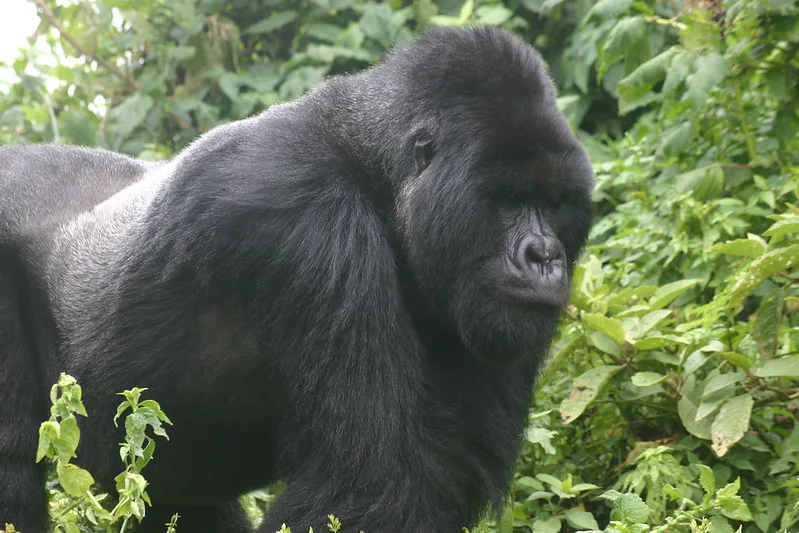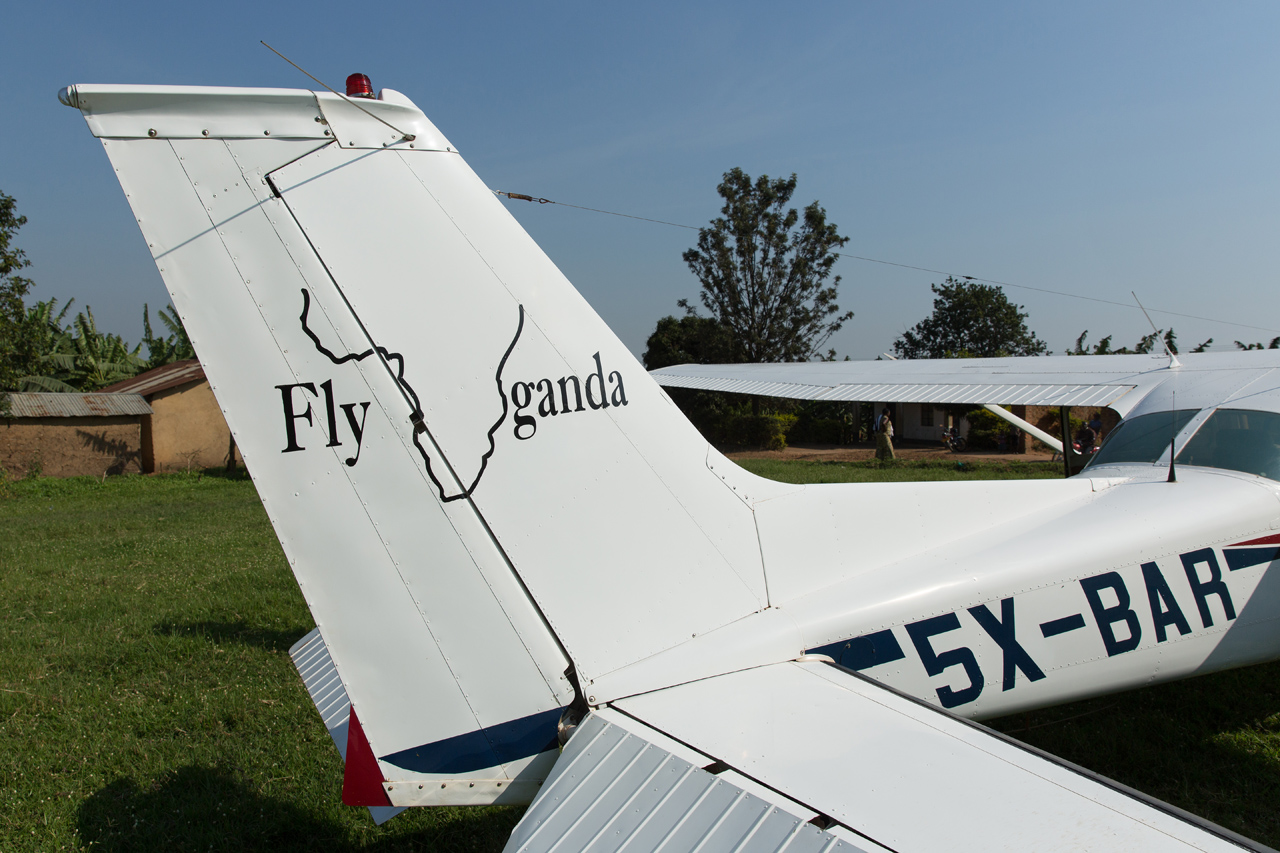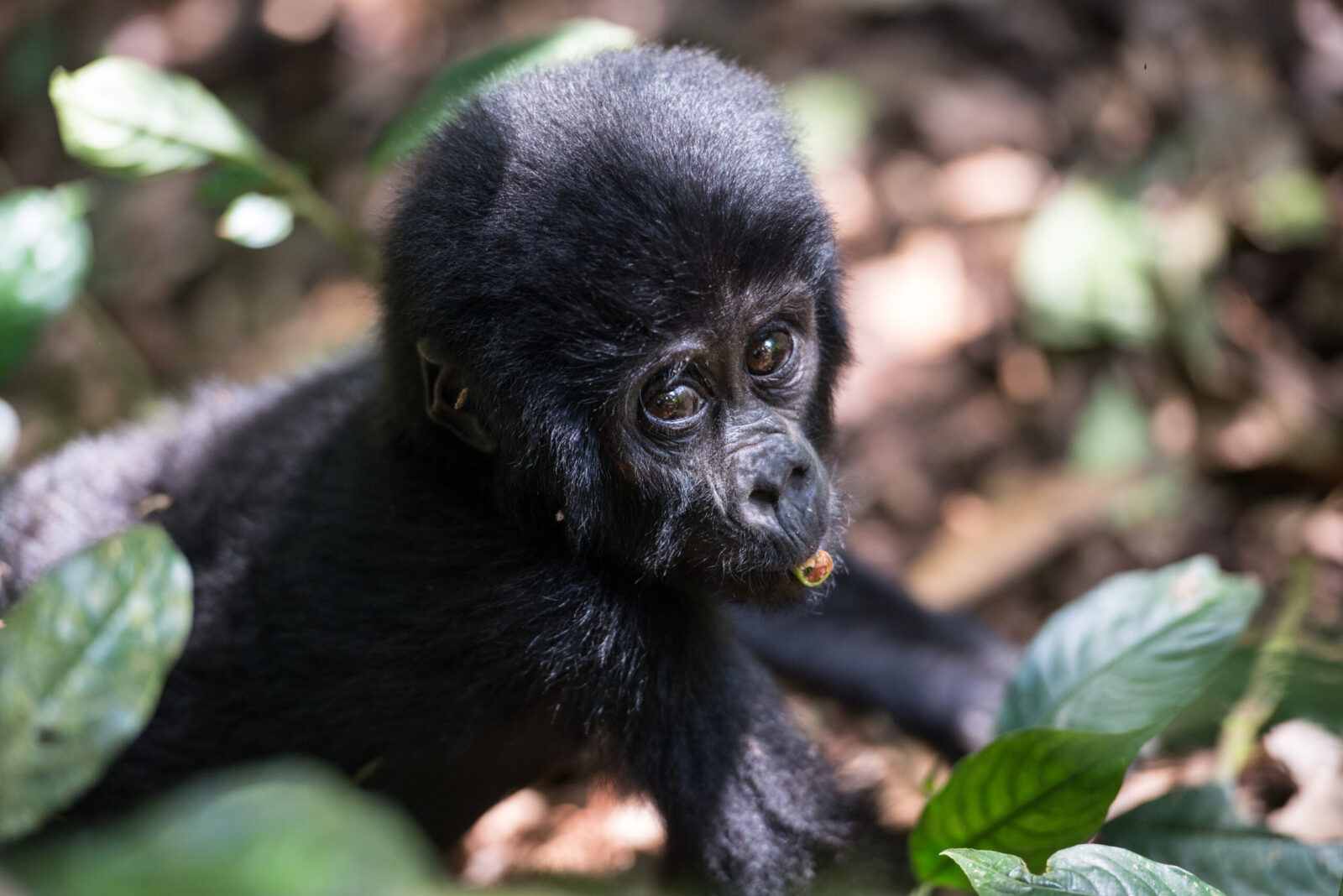Best time to book the Gorilla Habituation experience safari
Best time to book Gorilla Habituation. The ideal time of year to schedule a gorilla habituation session is when organizing a gorilla journey that will give you more time to spend with mountain gorillas. Safari is a crucial consideration.
Although gorilla habituation may be done at any time of year, most travelers choose to schedule this safari experience during the drier months of June through September and December through February. Because there is usually less rain at this time, the forest is also less humid. Even the rivers run on their normal banks, and the land is not so wet.
Visitors can accompany semi-habituated mountain gorillas in the wild to familiarize themselves with human presence during an African safari experience known as “gorilla habituation.” The southern region of Uganda’s Bwindi Impenetrable National Park is where gorilla habituation is usually carried out.
The Uganda Wildlife Authority introduced the gorilla habituation safaris in 2014 as a simulated adventure for gorilla families in habituation to help them become accustomed to faces different of the typical habituators and researchers.
Only two gorilla families are now available for tourists to see, although up to four visitors are permitted to participate in this activity.
Gorilla habituation adventure allows visitors to spend four hours with the mountain gorillas, whereas gorilla trekking only permits one hour of gorilla viewing. Expect the mountain gorillas to occasionally hide during the gorilla habituation trip since they are still displaying their untamed tendencies. They are still frightened of people.
What Does a Gorilla Trekking Safari Require?
A permit for gorilla habituation
The Uganda Wildlife Authority issues gorilla habituation licenses for visitors to Uganda. The public can only reserve a maximum of four gorilla dwelling licenses. In Uganda, a gorilla habitat permit costs $1500 per person per hike for non-resident foreigners, $1000 for locals, and 750,000 shillings for East Africans.
How to Determine Whether Gorilla Habituation Permits Are Available
You need to know how many individuals you want to enjoy gorilla habituation with and when you want to do it. Our safari advisers look up the availability status from the Uganda Wildlife Authority’s gorilla habituation permit list when you submit an inquiry.
In order to prevent last-minute stress while getting gorilla permits, we urge our clients to buy their permits in advance if gorilla habituation is favorable.
Later on, we would ask for personal information such as your passport’s full name, nationality, birthdate, expiration date, and other data.
Accommodation for the Habituation of Gorillas
Accommodations in the southern region of Bwindi Impenetrable National Park in Uganda must be reserved. In order to avoid driving at night, when you might not know the path, you must spend the night in the same area since gorilla habituation begins very early in the morning. You are likely to encounter several obstacles. You must make reservations for lodging in the southern region of Bwindi to prevent such difficulties.
Clouds Lodge, Gorilla Safari Lodge, and other lodging options can be found in Bwindi’s southern regions.
Rent a car
You must rent a car if you plan to go by road to the southern region of Bwindi Impenetrable National Park, but make sure it is a four-wheel drive vehicle. In addition to the frequent rains, the roads in this area are in poor shape and can occasionally be rough, dusty, or slippery.
Make reservations for a seat on the daily domestic flights if you plan to go on a fly-in gorilla habituation experience. This is because, particularly during the busiest times of the year, they also sell out quickly. For those traveling up country, the locals also reserve these planes. You may either reserve flights from Entebbe Airport or Kajjansi Airport to Kihihi Airstrip or Kisoro Airstrip.
Additionally, you may charter there, but make sure to make all the required reservations in advance.
Since Kisoro Airstrip and Kihihi Airstrip are outside the park, a transfer vehicle is required. It may not be a small journey, and you will need to drive for two to four hours.
Driver’s Guide fees
It’s great to go on an African safari with an experienced and qualified guide. It gives you more self-assurance even while talking about your encounters with mountain gorillas. However, a dull driver’s guidance also makes the journey dull. It makes you unsure of how to describe your encounter with the mountain gorillas.
Due to the small number of professionals and experienced individuals who know the route, these are fiercely contested at the busiest time of year. They are also scheduled for other activities that comprise Uganda safaris, including game drives, birdwatching, chimpanzee trekking, and much more.
How Much Does Uganda’s Gorilla Habituation Safari Cost? | Best time to book Gorilla Habituation
It costs $1500 per person each journey for a gorilla habituation permit in Uganda, regardless of whether the expedition is luxury, mid-range, or low-budget. The following additional variables affect the price of gorilla habituation:
The number of safari days: The total safari fee increases with the number of days you decide to spend on gorilla habituation. If you have a gorilla permit during each gorilla habitation period, you can do more than one.
The more individuals you go on a gorilla habituation safari with, the lower the cost per person will be; the more people you go with, the fewer you have to pay. You should be aware that the public can only get up to four gorilla habituation licenses per day. Other costs, such as gas, driver guide fees, and car rental, are shared. The whole expense is borne by lone travelers on gorilla trekking excursions.
When to schedule your gorilla habitat safari
Other services are usually expensive during the gorilla habituation peak season. On the other hand, the gorilla habituation low seasons could provide lower service costs.
Gorilla habituation and other activities: the more activities paired with gorilla habituation, the more expensive the safari. Game drives, chimpanzee trekking, white river rafting, launch expeditions, mountaineering, and other activities are available.
How Many Individuals Can Habituate Gorillas? | Best time to book Gorilla Habituation
For conservation purposes, gorilla habituation is permitted for a maximum of four individuals. Alongside them are researchers and habituators who walk you through every step of tracking mountain gorillas in the wild.
Despite living in the wild, mountain gorillas have unique behaviors, and it takes some time for them to adjust to the presence of outsiders. Depending on how long it takes the wild mountain gorillas to adjust, it might take anywhere from three hours to longer.
Because the mountain gorillas must eat day and night to sustain their massive bodies, the forest is their only source of food.
How long does it take to find mountain gorillas in gorilla habitat?
Finding mountain gorillas takes time since they are dynamic animals who constantly wander the jungle. Therefore, to complete your gorilla habituation experience, you will need to have a certain amount of patience.
You may discover them de-nesting. Nevertheless, you get the thrill of knowing that you are going to see where the gorillas could be dining when you find their nests for the night.
One indication that you are approaching the region where the mountain gorillas could be relaxing or spending the day is the presence of fresh dung or a feeding place. Their large bodies generally prevent them from moving very far.
To lessen the possibility of spreading an infection, mountain gorillas recommend that you stay around 8 meters away from them when you see them.
The semi-habituated mountain gorillas are only permitted to be there for four hours. Since they are not yet completely acclimated, expect them to exhibit some wild behaviors. Sometimes they hide when you find them, but you still have to do what the researcher says.
Is It Hard to Habituate Gorillas?
Expect to hike at some time because the mountain gorillas’ habitat is rough terrain. If the lower portion of the highlands is logged during the dry seasons, the mountain gorillas may venture to the slopes to graze.
You have to follow them there and observe them going about their everyday business in this situation. Make sure you follow the gorilla habituation guidelines provided by the experts.
Were the appropriate gorilla habituation items, such as bug repellents, safari clothing, and boots, to keep you safe in the wild?
Having a certain degree of fitness enables you to stretch your muscles and prevent injuries when wandering through the wilderness.
How secure is the experience of gorilla habituation? | Best time to book Gorilla Habituation
The ranger guides’ attentiveness and collaboration with other national security personnel provide the foundation for the safety of the area where gorilla habituation occurs. This is a natural conservation region, and Uganda’s security services are tasked with ensuring both human and wildlife safety.
While on a gorilla habituation trip, you also need to be careful not to get into trouble.
When conducting gorilla habituation, make sure you don’t bring any valuables with you because you could misplace them in the wild.
Don’t count big quantities of money in public since you can draw the wrong crowd.
Ask the driving guide to take you to a reputable restaurant if you want to sample some of the local cuisine, because eating street food might not be the best option for you. To prevent food poisoning, do this.
Because other residents in the forest might hurt you, you should only enter with a ranger guide.
To avoid conflict with the mountain gorillas in the wild, heed the advice provided by the researcher and ranger guide during the gorilla habituation briefing. They are vulnerable primates that are aware of trespassers in their surroundings.
If you require emergency assistance when outdoors, keep a first aid kit with you.
For your gorilla trekking safari, pack little yet appropriately to prevent bothering other people with your luggage or finding a place to keep it while you walk to get acclimated to the gorillas.
Avoid illegal activities, such as drug trading, while on a gorilla habituation safari, since you might be arrested by the authorities. In Uganda, this is prohibited.
What guidelines apply to a gorilla habitat safari | Best time to book Gorilla Habituation
You cannot engage in gorilla habituation if you have a contagious illness. Because the mountain gorillas are extremely vulnerable to diseases like the flu, cholera, coronaviruses, Ebola, and others, no one is permitted to see them.
All trekkers must wear masks when gorilla trekking, and the Uganda Wildlife Authority has concluded that sterilizing your shoes is a prophylactic step to stop the spread of illnesses.
Stay close to the group you are working with on gorilla habituation. When you find the mountain gorillas, stay away from them. Avoid causing them any agitation by others around them, since this might cause them to go into hiding.
It’s best to speak quietly or without raising your voice to avoid frightening mountain gorillas, which are extremely wary of people who disturb their habitat, or other forest inhabitants that could be intriguing to interact with during gorilla habituation.
Avoid using flash photography while you are among mountain gorillas since they become frightened of unfamiliar situations.
Because littering changes the forest’s natural habitat, which is home to mountain gorillas, it is prohibited in the area.
The mountain gorillas could be compelled to seize and consume it, so if you want to smoke or eat, stay at least 300 meters away from them. As untamed creatures, mountain gorillas have to forage for sustenance.
Gorilla habituation can occur in people as young as 15 years old. This is because it is uncertain how long it will take to find the mountain gorillas. The mountain gorillas might be relaxing on the slopes, but these kids might not hike them.
Avoid spitting on foliage since it provides the mountain gorillas with food. Because it might taint the flora that mountain gorillas rely on for sustenance, this is prohibited. Regular habituators also find this to be unsanitary and repulsive.
You are only allowed to spend four hours with mountain gorillas. To preserve memories of your encounter with the mountain gorillas, make good use of it.
It is prohibited to provoke mountain gorillas since doing so might disturb them and lead them to hide. Despite their calm exterior, they are emotional beings with mood swings.
To lessen the possibility of infecting the mountain gorillas, keep a distance of around 8 meters after you find them.
Do it in a hole that is around 30 cm deep for fecal contents. Request that the ranger guide excavate it and completely cover it thereafter. In order to avoid exhuming this trash, the mountain gorillas and other forest inhabitants may want to hide it.
Should you need to cough or sneeze, do so into your elbow or away from the mountain gorillas to prevent infecting them.


